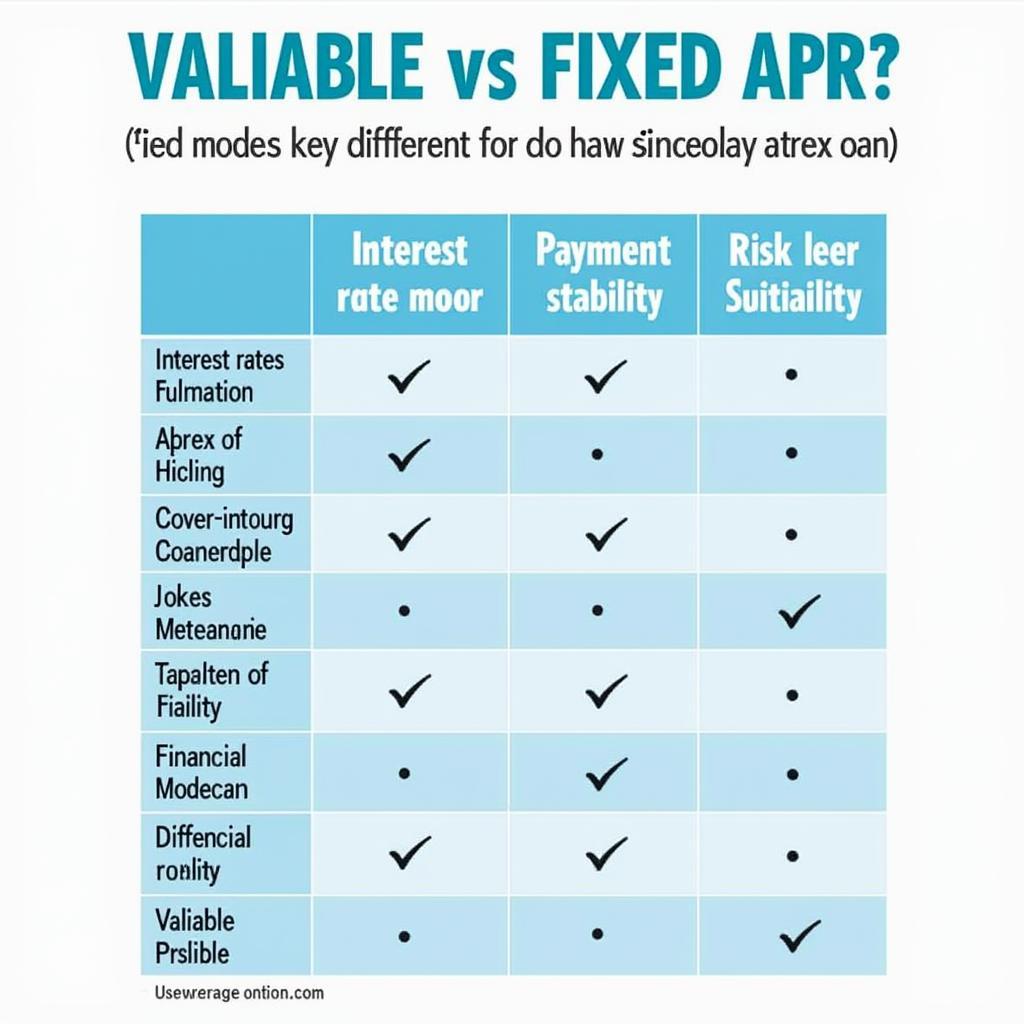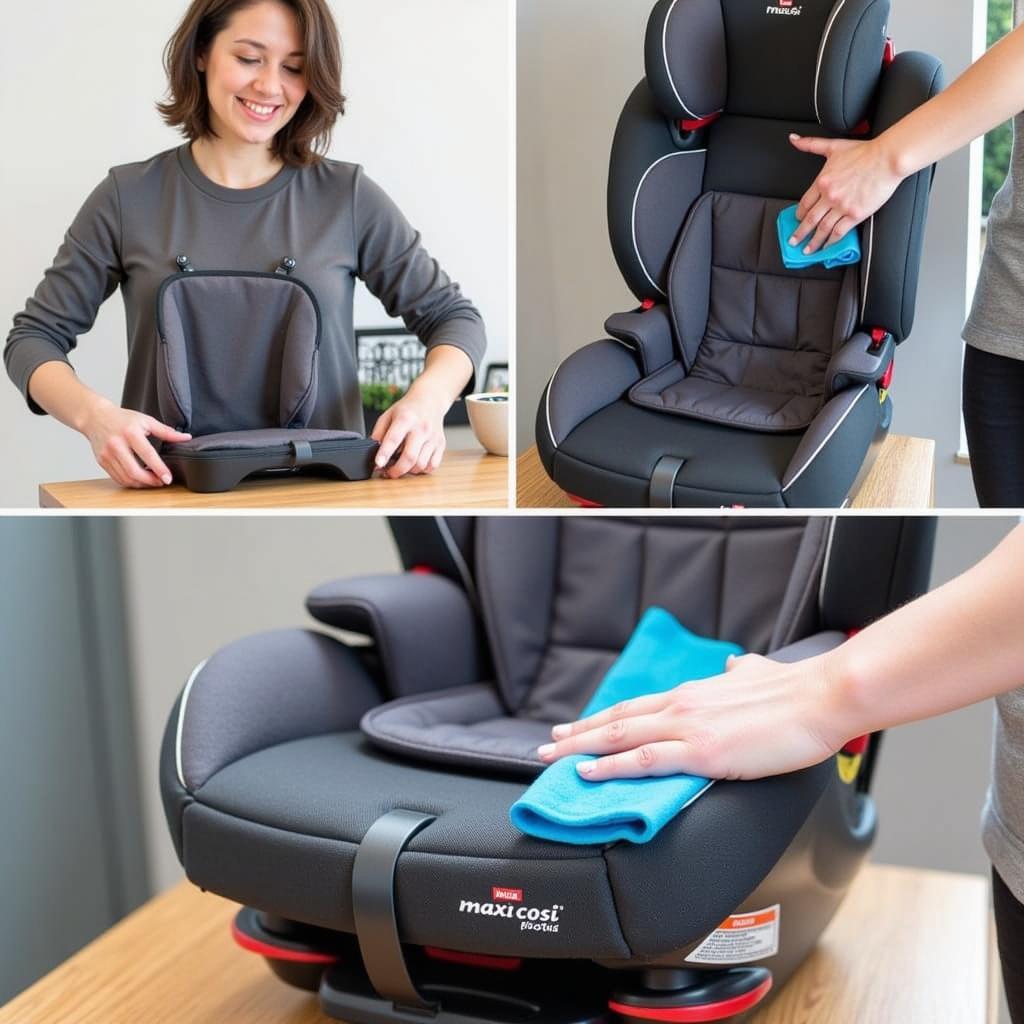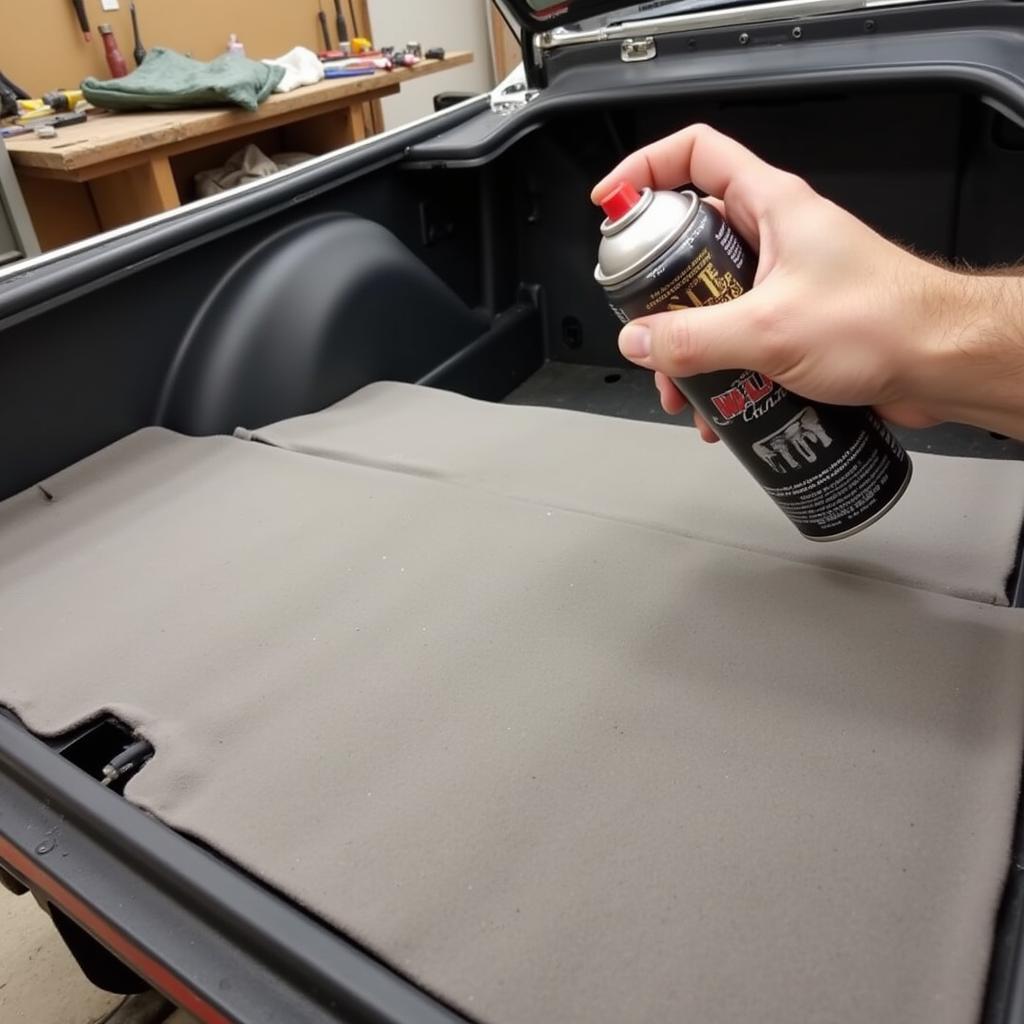Achieving a professional-looking paint job on your car doesn’t necessarily require a trip to an expensive body shop. With the right knowledge, tools, and a little elbow grease, you can achieve impressive results, just like Chris Fix. This comprehensive guide will walk you through the essential steps for a DIY car paint job, from preparation to the final polish.
Proper preparation is crucial for a successful paint job. This involves thoroughly cleaning the car, removing any rust or imperfections, and sanding the existing paint to create a smooth surface for the new paint to adhere to. Don’t skip this step! A poorly prepared surface will result in a less-than-perfect finish, no matter how good your painting technique is. Remember, a clean surface is key to a flawless finish. fix ding in car can help you understand how to repair minor dents before painting.
Understanding Your Paint Options
Choosing the right paint is another important factor. There are various types of automotive paints available, each with its own pros and cons. Consider factors such as durability, cost, and ease of application when making your selection. Do your research and choose a paint that suits your needs and budget.
Selecting the Right Paint Type for Your Car
For beginners, acrylic lacquer or urethane paints are often recommended. They are relatively easy to work with and offer a decent level of durability. More experienced DIYers might consider using enamel or two-part epoxy paints, which provide superior durability and a harder finish.
The Chris Fix Method: A Step-by-Step Guide
Many DIY enthusiasts follow the techniques popularized by Chris Fix, known for his practical and easy-to-follow automotive repair videos. His approach emphasizes meticulous preparation and careful application.
Mastering the Art of Car Painting with Chris Fix
- Clean the car thoroughly: Wash and degrease the entire car, paying special attention to areas with grease or dirt buildup.
- Repair any dents or scratches: Use body filler to repair any imperfections and sand the area smooth. fix small paint chip on car can guide you through repairing minor paint chips.
- Mask off areas you don’t want to paint: Use masking tape and paper to protect trim, windows, and other parts.
- Sand the existing paint: Use progressively finer grits of sandpaper to create a smooth surface for the new paint to adhere to.
- Apply primer: Primer provides a uniform base for the paint and helps improve adhesion.
- Apply the paint: Apply several thin coats of paint, allowing each coat to dry before applying the next.
- Apply clear coat (optional): Clear coat adds an extra layer of protection and shine.
- Wet sand and buff: Wet sanding and buffing will help remove any imperfections and create a smooth, glossy finish.
“A common mistake is applying thick coats of paint. Multiple thin coats are the key to a professional finish,” advises expert automotive painter, John Miller, from Precision Auto Painting in Los Angeles.
Common Mistakes to Avoid
One common mistake is not allowing sufficient drying time between coats. This can lead to runs and drips in the paint. Another mistake is not using the correct type of paint or primer for your car. Choosing the right products is essential for a lasting finish. how to fix the interior roof of your car is a valuable resource if you’re looking to improve your car’s interior.
Conclusion: Achieving a Professional Paint Job with the “Chris Fix Paint Car” Approach
By following the steps outlined in this guide, inspired by the “Chris Fix Paint Car” approach, you can achieve a professional-looking paint job on your car without breaking the bank. Remember, patience and attention to detail are key. For personalized assistance or further guidance, connect with us at AutoTipPro. We’re here to help! Call us at +1 (641) 206-8880 or visit our office at 500 N St Mary’s St, San Antonio, TX 78205, United States. guy fixes up cars from la might also provide additional insights. chris fix used car call is another great resource for car maintenance tips.







Leave a Reply